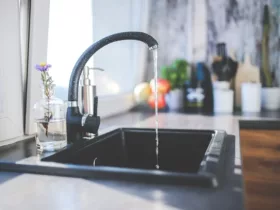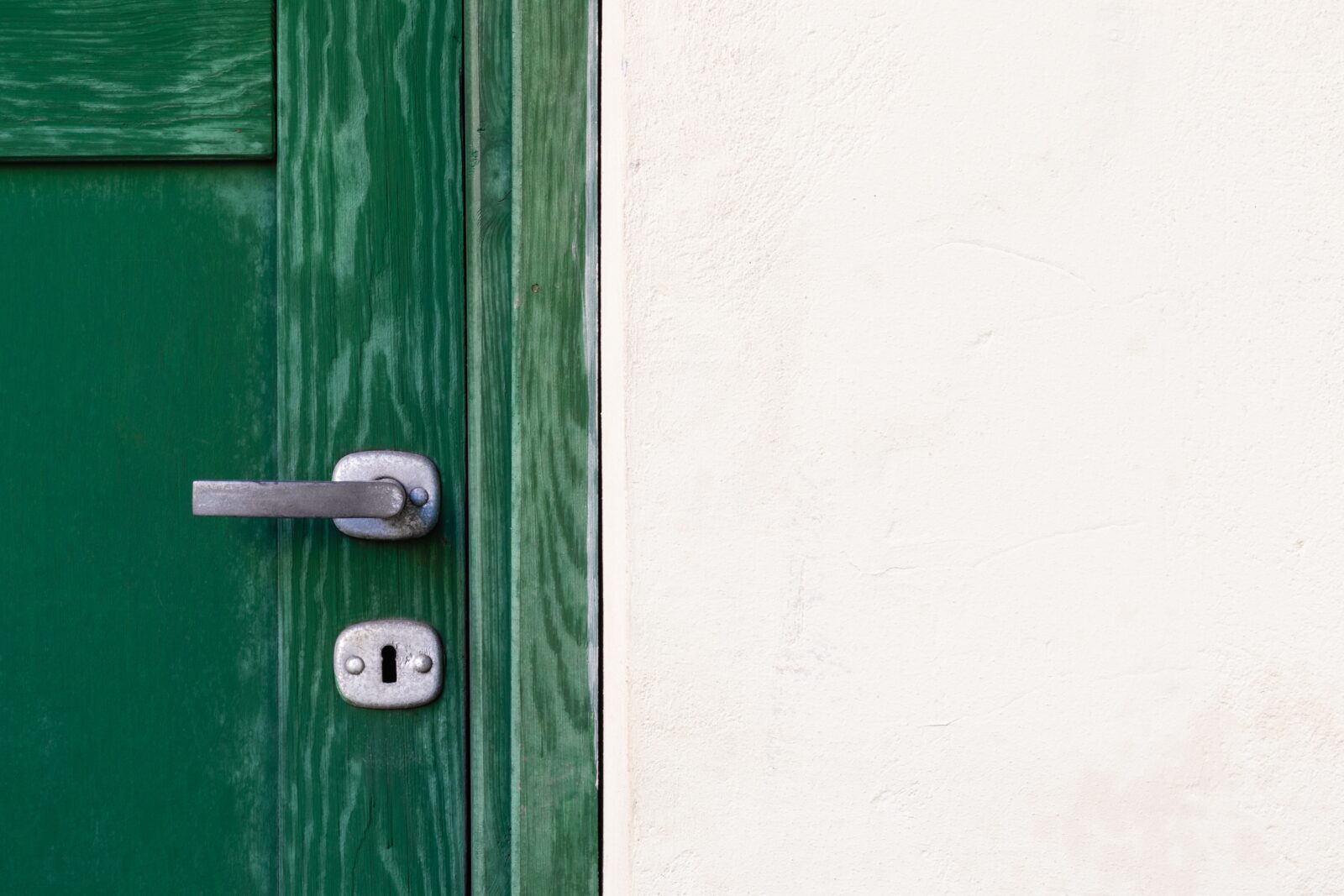Having reliable door locks is important for security as well as ease of use; if using the locks is less of a pain, you’re more likely to follow safety best practices. Some locks, though, might be stubborn and make you put down your shopping bag and wrestle with the mechanism for a few minutes until your key works. If this sounds similar, there are several simple fixes you can try to make your locks and latches less stiff and your keys easier to turn without having to hire an expensive locksmith.
- Avoid slamming doors, exerting undue weight on door knobs and handles, and pulling on the door itself to extend its lifespan and keep your locks functioning smoothly. Lock components wear out more quickly if you do things like yank the hinges out of the housing or snap the hardware against itself, and these damages aren’t always easy to fix.
- The first thing you should do to fix a lock that’s sticking is to clean the inside of the lock. Clear the key hole of any debris using a can of compressed air or a compressor. This will also assist with the secondary issue of dust or dirt getting into the lock mechanism and making the key not fit quite correctly. The deadbolt and latch should be cleaned next. Whilst door is open, you may turn the knobs and locks and clean the exposed edges. If something sticky gets inside the striking plate, the metal plate that handles the latch and lock on the frame side of the door, it might cause the same problem.
- After you’ve cleaned the lock, you should lubricate it. Teflon and graphite, both dry lubricants, are the two most popular choices for locking mechanisms. Most experts advise avoiding using WD-40 or any other oily lubricant, since it may attract dirt and debris and cause them to get stuck within your lock. You may lubricate the lock by introducing some lubricant into the keyway and twisting the key several times to distribute the lubrication. Once a year at most is all that should pass between these two steps. If you’re having consistent problems with your lock, it’s likely not the same issue.
- It’s possible that the lock will get stuck if the strike plate isn’t aligned with the lock, resulting in the door’s weight being distributed unevenly between the strike plate’s edge and the hinges. Make sure the door isn’t being forced out of its frame by weather stripping and that the hinges are secure. Alignment problems are likely to present if you have to adjust the door’s height or depth to get it to latch securely or if you have trouble twisting the door’s handle while opening or shutting the door. To adjust a striking plate that is installed at an incorrect height, simply remove it, drill new holes, and reinstall it. Some striking plates contain notches that may be used to adjust their height without entirely unscrewing them. To adjust the striking plate, just unscrew the screws, slide it to the new location, and retighten.
- If you’ve tried all of this and you’re still having trouble with sticky locks, it might be because of your keys, particularly if you created copies of your copies. It’s advisable to create duplicates from the original keys if you still have them. A mold may grow more distorted the farther it is from the original. This may be the root of your issues if you haven’t been able to identify a more direct reason.
- If you’ve lost your lock’s original keys, you’ll need to either replace them or rekey them. A specialist’s help is recommended for it. If you have persistent problems that can’t be fixed with routine maintenance and adjusting for normal wear and tear, you may want to bring in an expert. There may be more issues with your door or door frame that may only be identified by a trained eye. Though a brave Do It Yourselfer may be able to solve these issues; they will probably need more than a screwdriver and a lot of persistence.























Leave a Reply